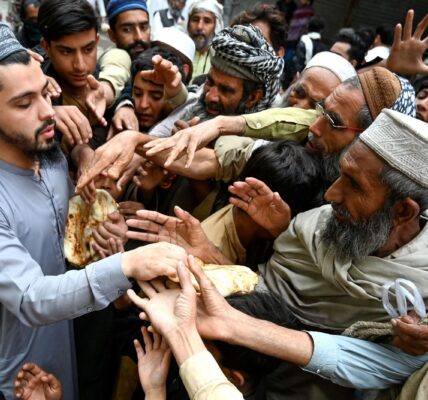India recently concluded its landmark election, witnessing Prime Minister Narendra Modi’s Bharatiya Janata Party (BJP) and its coalition partners clinch a historic third consecutive term in power. Despite facing formidable opposition from over two dozen coalitions, the BJP-led National Democratic Alliance (NDA) emerged triumphant, solidifying Modi’s position as the country’s leader.
Election Dynamics
Spanning seven phases over six weeks, the election marked the world’s largest democratic exercise, with over 600 million voters participating across 543 parliamentary seats. The BJP-NDA alliance, having previously secured victories in 2014 and 2019, retained power, further underscoring its dominance in Indian politics.
Key Wins and Strategic Alliances
The BJP secured significant victories in states like Himachal Pradesh, Uttarakhand, Arunachal Pradesh, Madhya Pradesh, Delhi, Gujarat, Chhattisgarh, and Assam. Coalition partners, including the Janata Dal, played crucial roles in bolstering the NDA’s electoral prospects.
During the campaign, strategic alliances with parties like the Telugu Desam Party (TDP) in Andhra Pradesh and the Janata Dal United (JDU) in Bihar strengthened the BJP’s electoral base. Prime Minister Modi’s personal engagement with key regional leaders further solidified these alliances.
Challenges and Opposition Resurgence
Despite the BJP’s triumph, challenges emerged from the opposition India bloc, comprising diverse parties that made significant electoral gains compared to the 2019 polls. Uttar Pradesh, West Bengal, and Maharashtra witnessed notable setbacks for the ruling party, highlighting the resurgence of opposition forces.
Implications and Conclusion
As Prime Minister Modi embarks on his historic third term, navigating the evolving political landscape and addressing the concerns raised by a resurgent opposition will be paramount. The election outcome underscores the dynamic nature of Indian politics and the imperative for effective governance to address the diverse needs of the nation.






